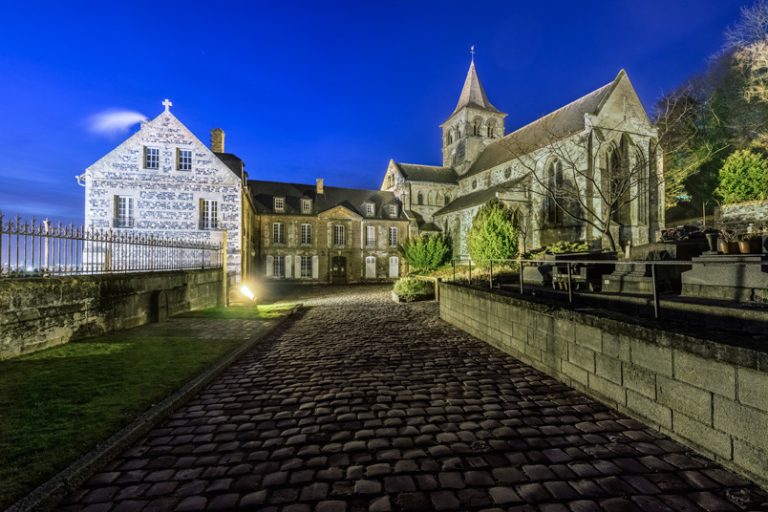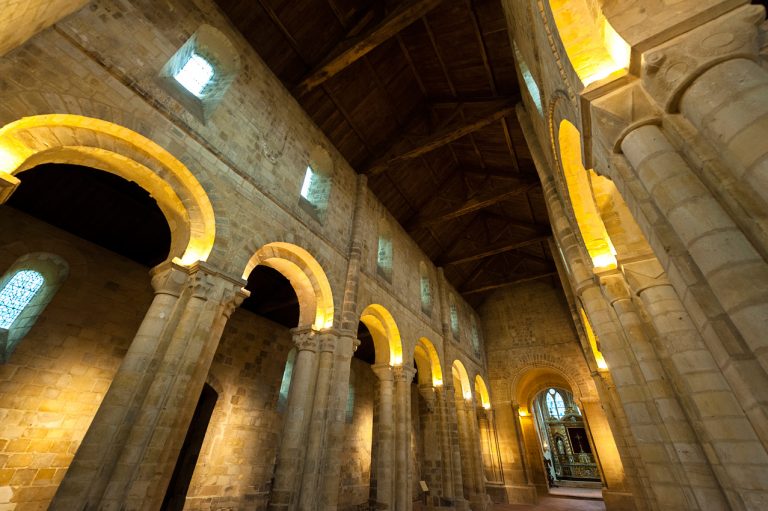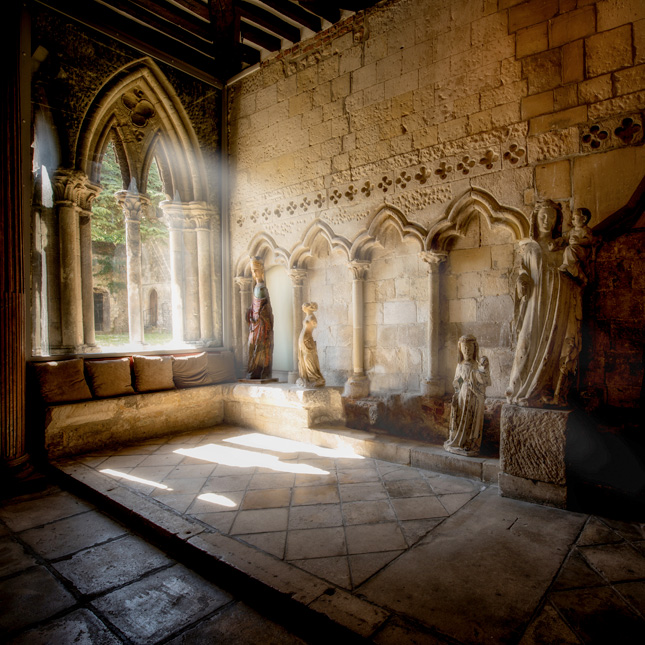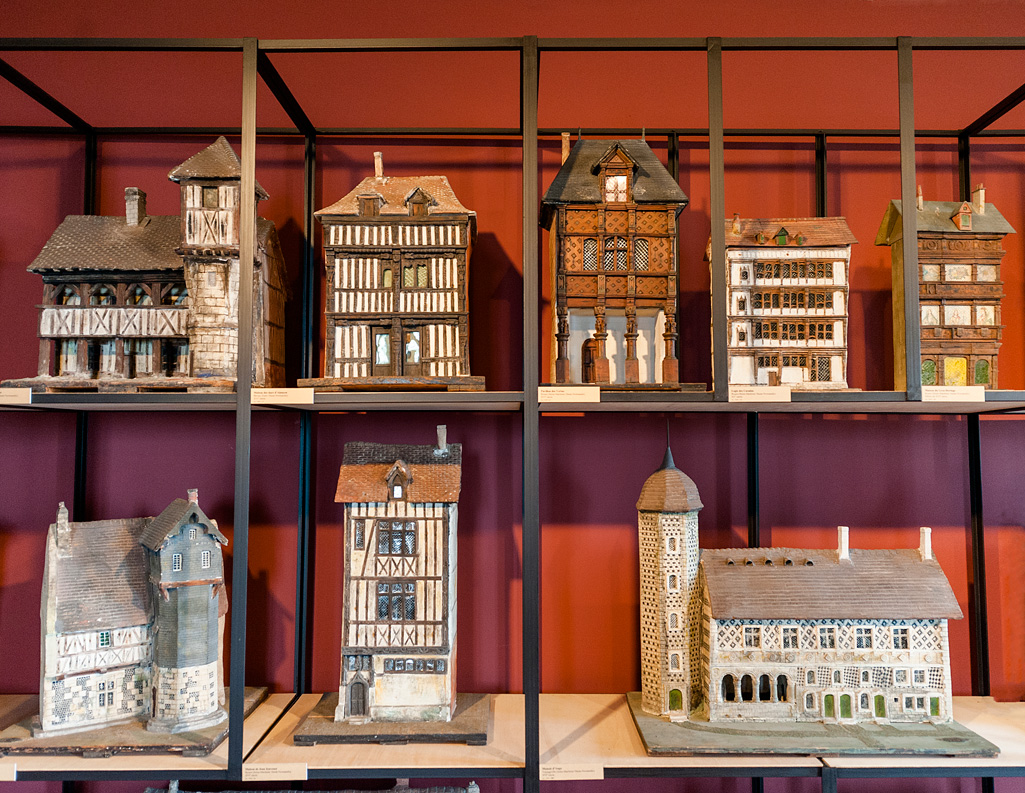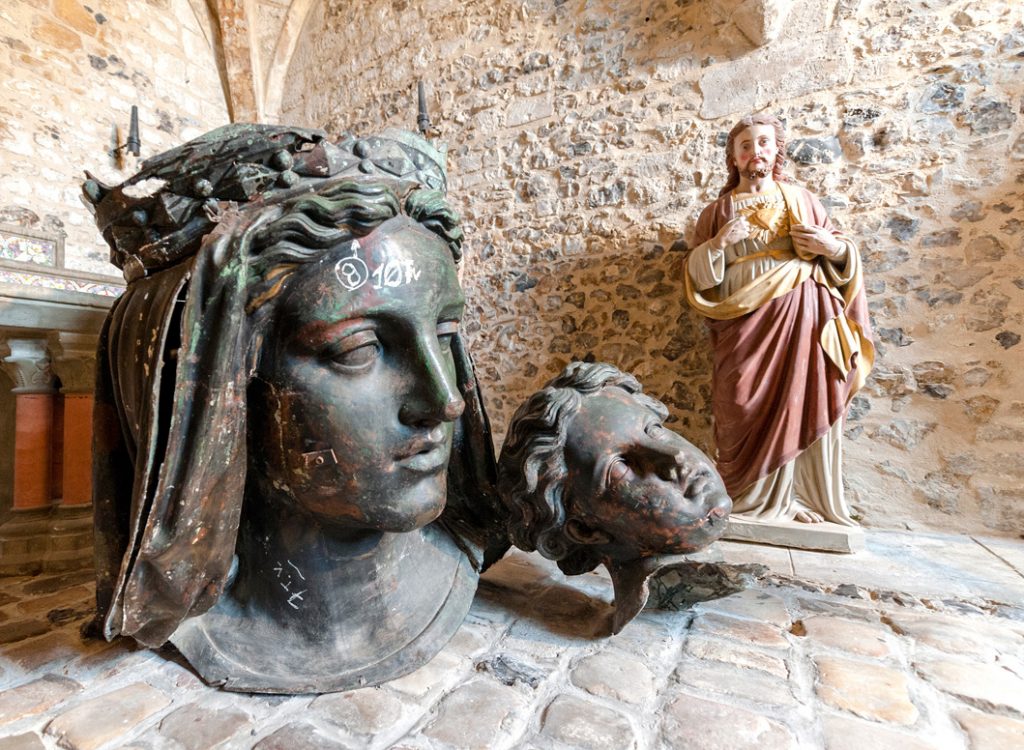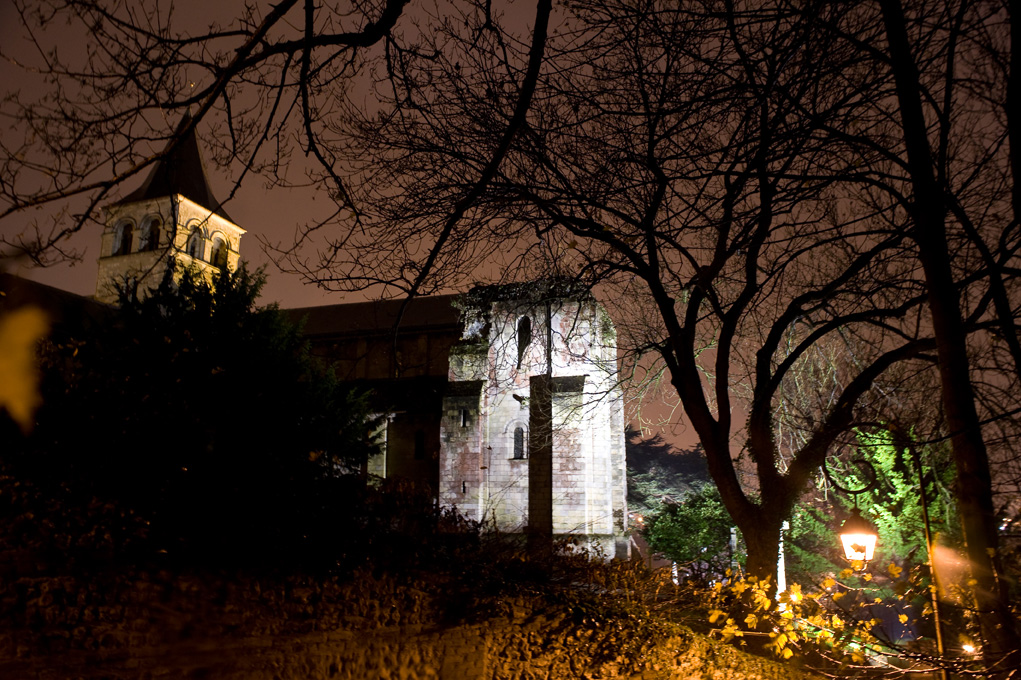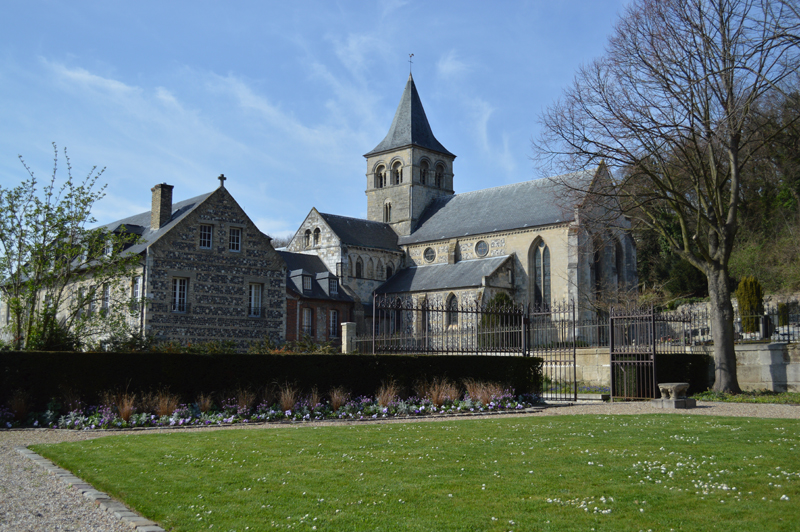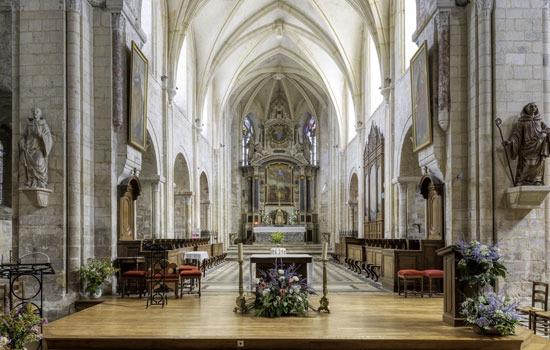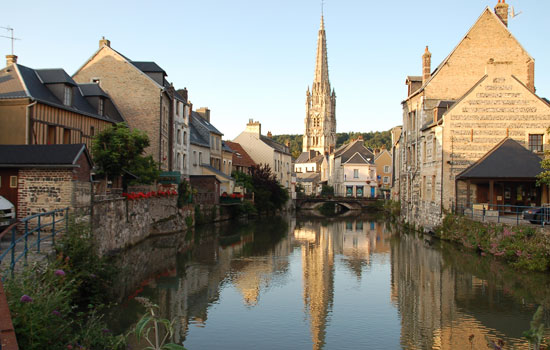Graville Abbey Cemetery and the legend
Romantic and peaceful to say the least, the cemetery invites you to stroll in the shade of its large Lebanese cedar, to the small green theatre nearby. Among the tombs, most of them not very evocative, some of which bear epitaphs by Victor Hugo, one calls out to us. Here lies César Joseph Régnault. His life inspired the great writer to create the character of Jean Valjean in “Les Misérables“.
